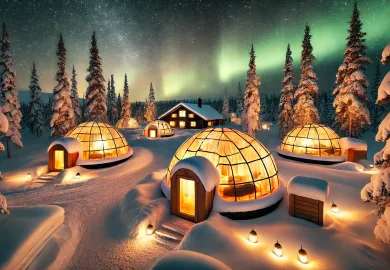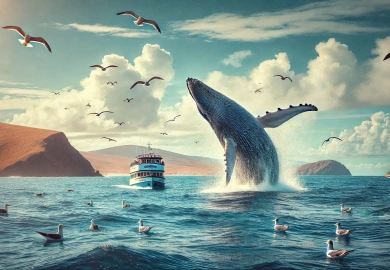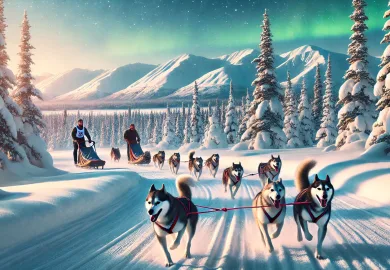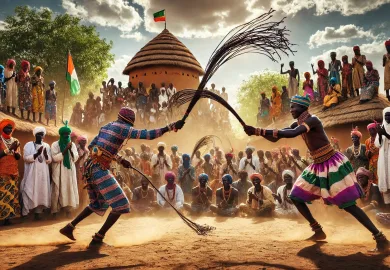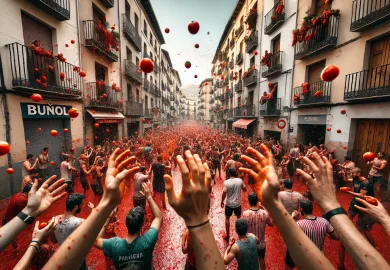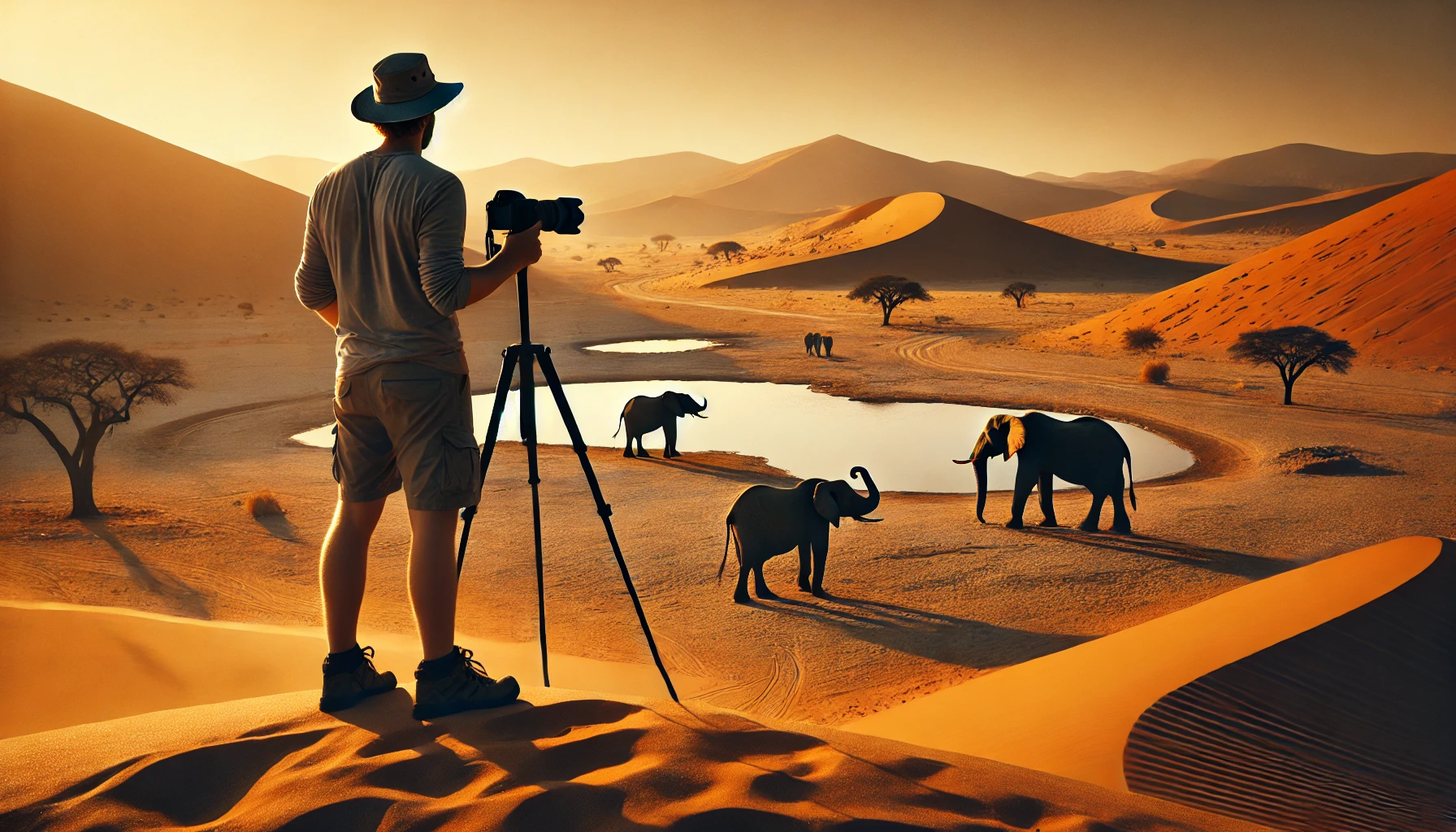
Namibia is often celebrated for its stunning landscapes, from the vast Namib Desert to the wildlife-rich Etosha National Park. But beyond these well-known attractions lie hidden places that most tourists have yet to discover. If you’re seeking an exclusive photo safari experience, this African gem holds secret locations that promise breathtaking shots without the crowds. From untouched desert landscapes to hidden oases, these places will help you capture the raw beauty of Namibia in a way few have before.
Enchanting Dunes of the Sperrgebiet National Park
Sperrgebiet National Park, also known as the Diamond Restricted Area, is one of Namibia’s most secluded treasures. This restricted desert region has only recently been partially opened to the public, offering a unique opportunity for photographers seeking solitude among the dunes.
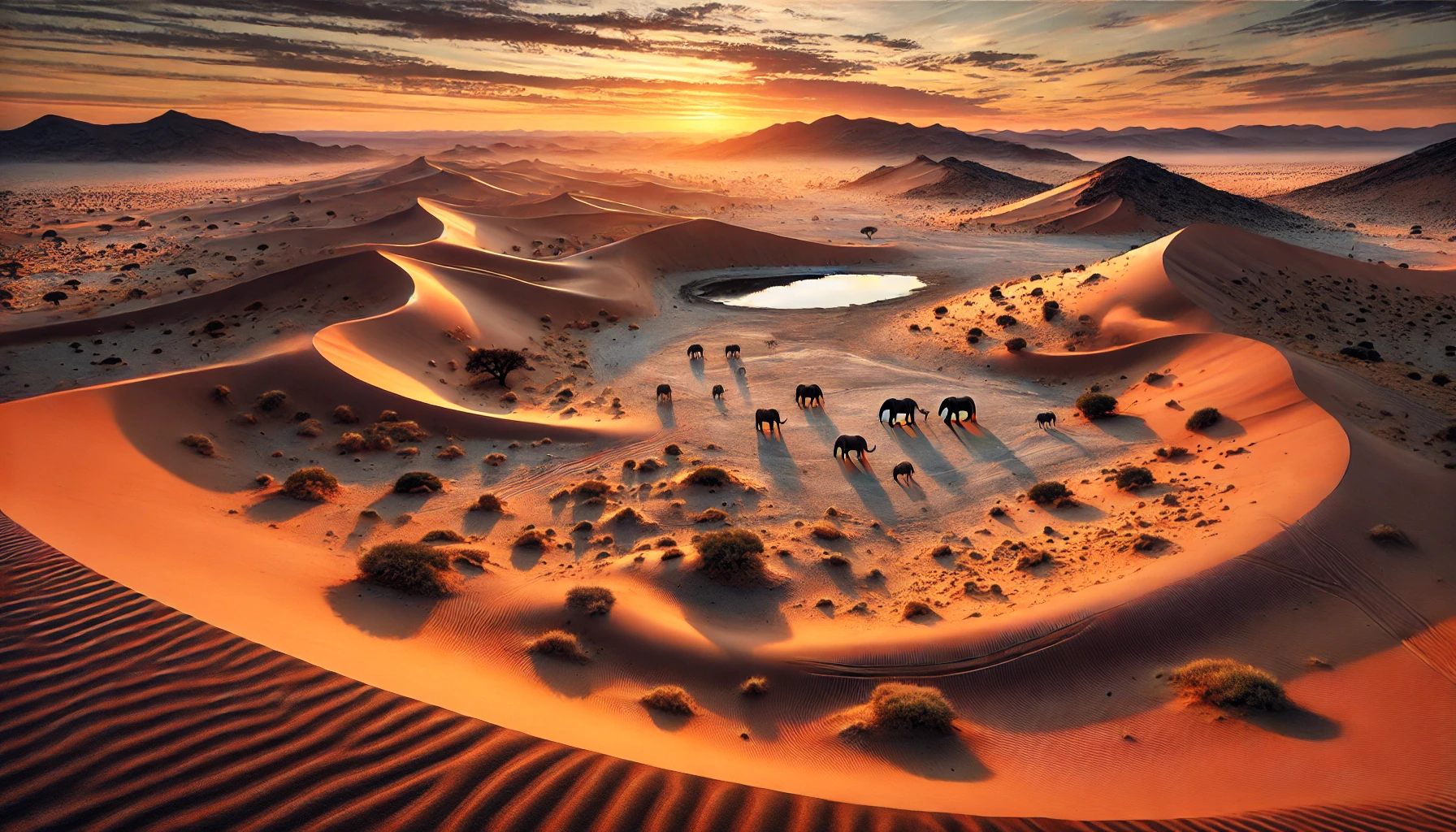
The soft, golden sands of Sperrgebiet are sculpted by the wind, creating ever-shifting patterns perfect for landscape photography. The remote location means that you’ll have the expansive vistas all to yourself, allowing for uninterrupted shots of the changing desert scenery. The play of light and shadow across the dunes during sunrise and sunset offers a spectacular palette of colors, from deep reds to soft pinks, making it an ideal time to capture the ethereal beauty of this secret spot.
Beyond the dunes, Sperrgebiet also holds fascinating remnants of old diamond mining operations, with rusted machinery and abandoned buildings standing as silent witnesses to a bygone era. These ghostly relics add a unique historical element to your photo safari, contrasting sharply with the natural pristine desert that surrounds them. The isolation and mystery of Sperrgebiet make it a must-visit for photographers looking to explore Namibia’s hidden side.
Secret Waterholes of the Kaokoland Region
The remote Kaokoland region, in Namibia’s northwest, is one of the last true wilderness areas in the country. Far from the more popular Etosha, this rugged terrain is home to hidden natural waterholes that attract some of Namibia’s most elusive wildlife, including desert-adapted elephants and the rare black rhino.
Photographers who venture into this secluded region will find unspoiled landscapes where rocky hills meet vast open spaces, offering perfect backdrops for capturing wildlife in their natural habitat. The hidden waterholes are not only essential lifelines for animals but also prime spots for capturing intimate wildlife moments as herds gather to drink. The reflective surface of the water and the surrounding vegetation create opportunities for artistic compositions that highlight the contrast between arid land and precious water sources.
In addition to its wildlife, Kaokoland is home to the Himba people, one of Namibia’s indigenous tribes known for their unique culture and traditional way of life. Capturing authentic portraits of the Himba in their stunning natural environment can add a cultural depth to your photo safari, offering a rare glimpse into a way of life that has remained unchanged for centuries.
Hidden Canyons of the Fish River Area
While the Fish River Canyon is a popular destination for travelers, the surrounding area hides smaller canyons and ravines that are just as beautiful and far less visited. These lesser-known geological formations offer a more intimate experience of Namibia’s ancient landscapes, ideal for photographers seeking to capture the raw, rugged beauty of the region.
In these hidden canyons, you can find intricate rock formations, ancient riverbeds, and patches of desert vegetation that have adapted to the harsh conditions. The play of light within these narrow spaces creates dramatic contrasts between light and shadow, making it an ideal setting for capturing moody, atmospheric shots. As the sun moves across the sky, the canyon walls shift in color, providing a dynamic backdrop for time-lapse photography or just capturing the changing hues.
The silence and seclusion of these hidden spots make them perfect for nature photography as well. Look out for rare desert-adapted plants clinging to the rocky surfaces, as well as small animals like the elusive rock dassies that find refuge among the stones. The Fish River’s hidden canyons are a reminder of the endless surprises that Namibia’s landscape holds for those willing to venture off the beaten path.
Mysterious Fairy Circles of the Namib Desert
The Namib Desert is famous for its striking landscapes, but few travelers explore the mysterious fairy circles that dot its surface. These circular patches of bare earth, surrounded by grasses, are scattered across the desert floor and have long puzzled scientists and locals alike. For photographers, the fairy circles provide a surreal landscape that is both intriguing and visually stunning.
The best time to photograph the fairy circles is during the early morning or late afternoon when the soft, golden light enhances the contrast between the bare circles and the surrounding grasses. From a higher vantage point, the geometric patterns created by these natural phenomena become even more striking, offering a unique aerial perspective that is rarely seen. For those equipped with drones, capturing the mysterious patterns of the fairy circles from above can yield spectacular images that highlight the otherworldly beauty of this landscape.
The mystique of the fairy circles also makes them a great subject for creative photography, where you can experiment with long exposures during twilight to capture the stars above the desert. The combination of the strange formations on the ground and the vast Namibian sky creates a sense of timelessness and wonder that perfectly encapsulates the allure of Namibia’s hidden places.
These hidden locations in Namibia offer unparalleled opportunities for photographers seeking to capture the untouched beauty of Africa’s wild landscapes. With their unique blend of natural wonders and solitary charm, these spots ensure that your photo safari will be an adventure like no other, providing exclusive moments and memories that will last a lifetime.

